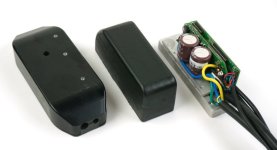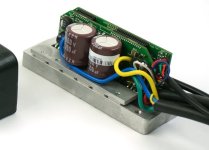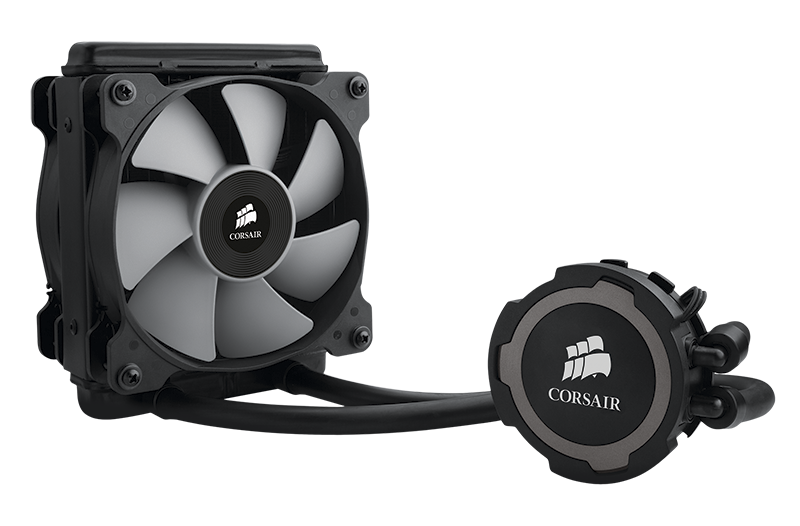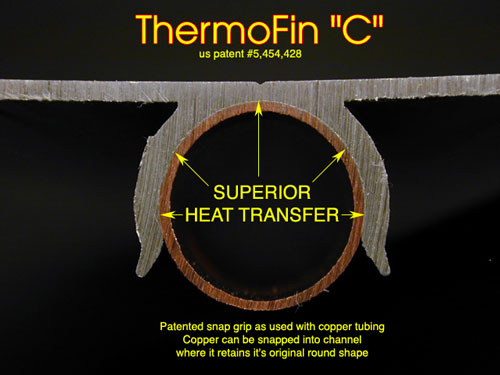On the left is the CNC'd enclosure for the BAC500+ devices that we made in a limited one-time run last year and which this thread was all about. On the right is the BAC800 circuitboards (72V capable) along with the the heatsink and wiring harness that we made, and in the middle is the expected geometry of the finished Grin modified BAC800 device once it is potted. So shorter and narrower but also taller than the CNC'd enclosures. More power in less volume overall

Question for you guys. Do you prefer having all the cables coming out of the same one end of the controller, or do you prefer when there is a logical flow through of the power, with the battery leads coming in from one end and then the controller leads going out the other end? I'm usually partial to the flow-through concept, but in this one case the manufacturing for us will be a lot easier if the cables all come out the back as depicted. I'm curious if others have strong opinions about this, and if it would be worth us making a more complicated mold that has cable exits from both ends.

Question for you guys. Do you prefer having all the cables coming out of the same one end of the controller, or do you prefer when there is a logical flow through of the power, with the battery leads coming in from one end and then the controller leads going out the other end? I'm usually partial to the flow-through concept, but in this one case the manufacturing for us will be a lot easier if the cables all come out the back as depicted. I'm curious if others have strong opinions about this, and if it would be worth us making a more complicated mold that has cable exits from both ends.




